- Administering valproic acid to pregnant mice changed the expression of 7,300 genes in fetal pups’ brains, including genes linked to autism or brain development. Translational Psychiatry
- Mice missing the autism-linked gene SHANK3 show motor deficits and repetitive and anxiety-like behaviors that are more prominent in adult than in juvenile mice and are paralleled by altered neuronal activity in the cerebellum. Molecular Autism
- Researchers in South Africa report how they adapted an autism-caregiver coaching program for delivery by telehealth. Spectrum covered the program before the COVID-19 pandemic forced this adaptation. Autism
Cerebellar SHANK3; telehealth coaching for caregivers; psychedelics
Here is a roundup of autism-related news and research spotted around the web for the last two weeks of December.
By
Jill Adams
2 January 2025 | 2 min read
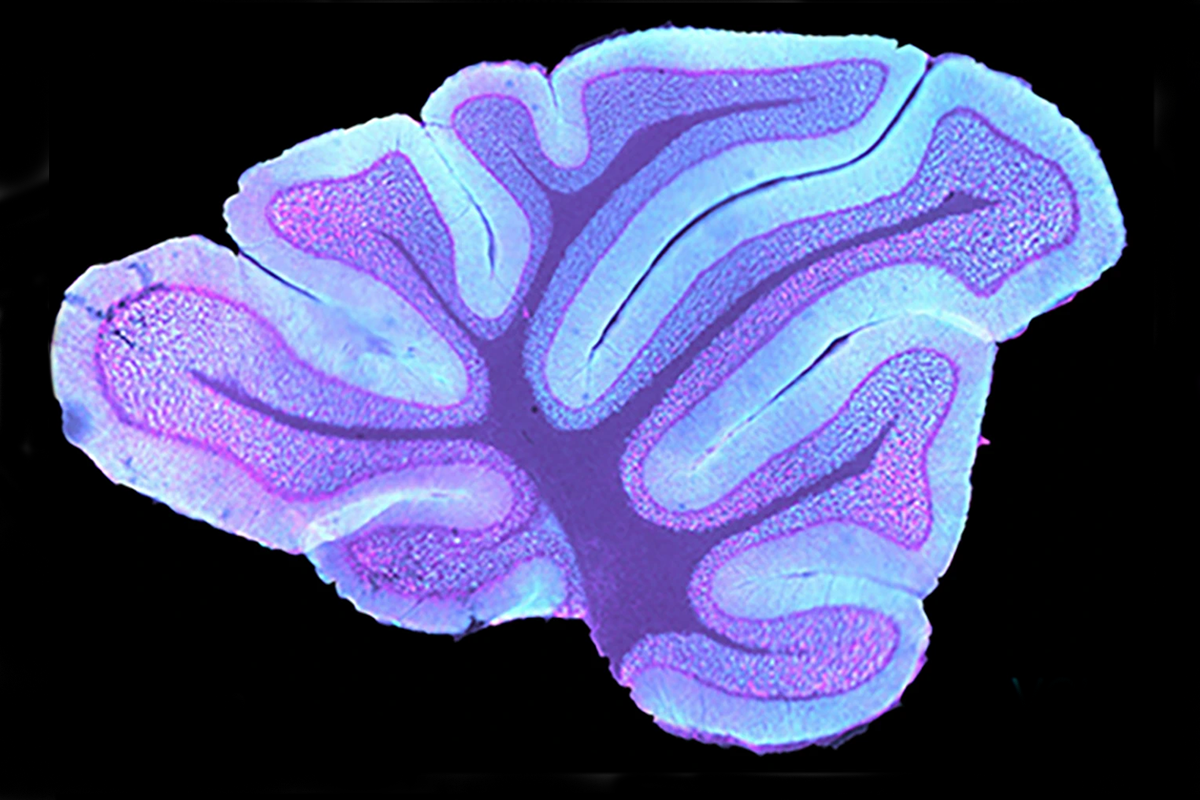
Moss garden: SHANK3 is expressed around mossy fiber terminals—carrying type 1 (pink) or type 2 (blue) glutamate transporters—in the cerebellar granule cell layer.
- Psychedelic drugs such as MDMA and psilocybin appeared to relieve social anxiety in autistic people in preliminary trials. Spectrum reported on the evidence to date in 2022. Science
- Newborn mice carrying FMR1 variants show normal social vocalization if their dams were treated with bumetanide while pregnant. After puberty, however, the same mice show reduced social interactions. Genomic Psychiatry
- “As the number of autistic adults continues to rise, and increasing numbers of autistic adults seek out clinical and community services, high-quality research and clinical services focused on this population should be a priority for psychological science and practice.” American Psychologist
tags:
Recommended reading
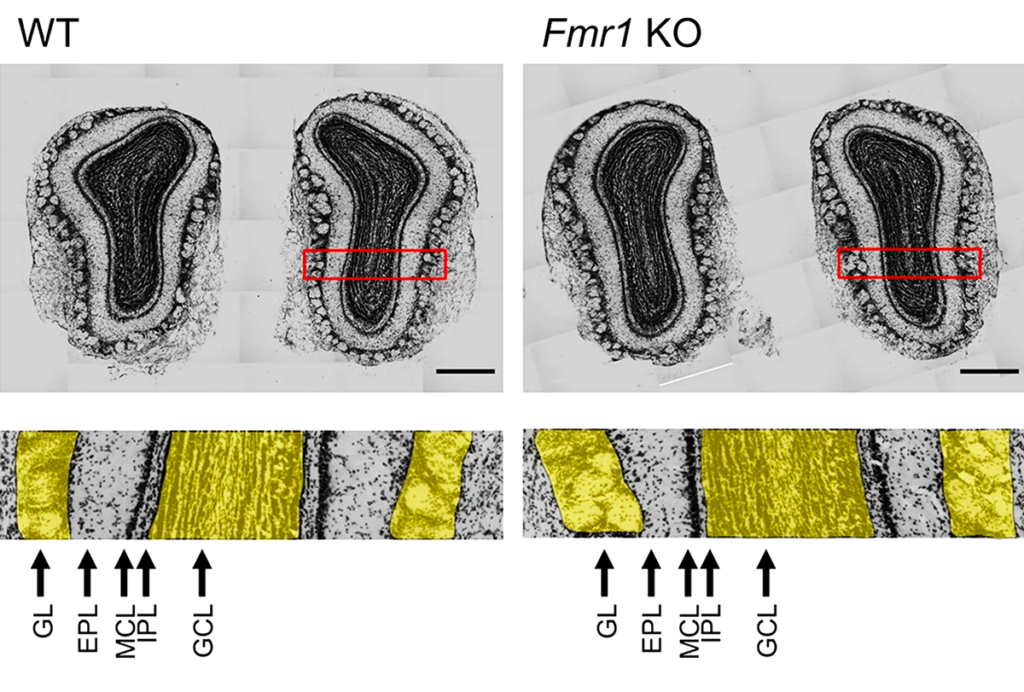
Olfaction; autism-linked genes in monkeys; eye movements
By
Jill Adams
4 February 2025 | 1 min read
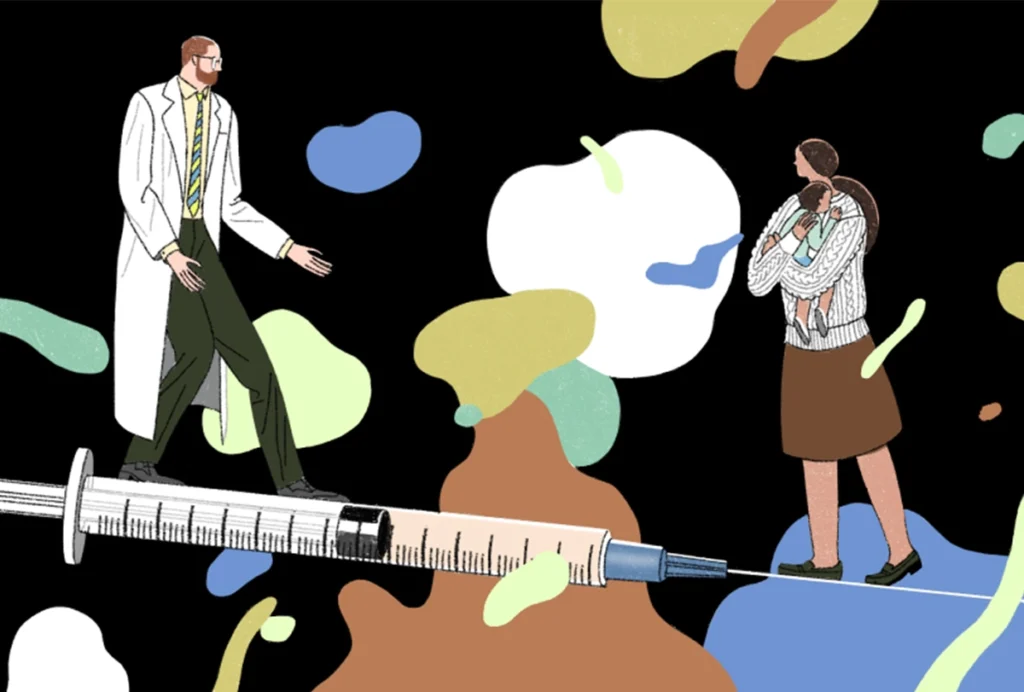
Roundup: The false association between vaccines and autism
By
The Transmitter
31 January 2025 | 1 min read
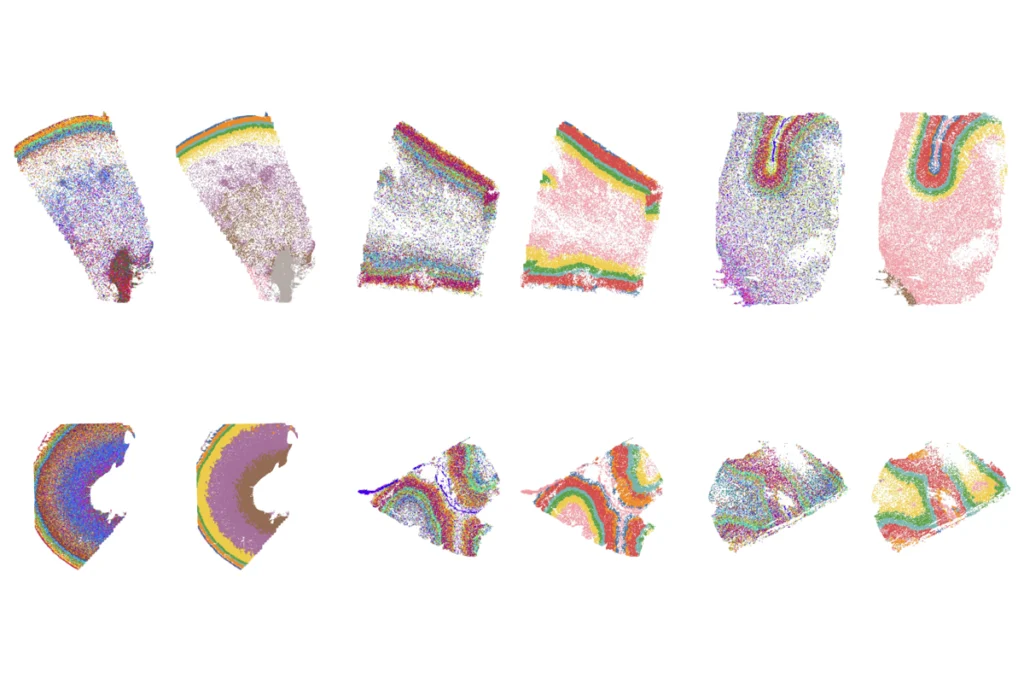
New human brain atlas charts gene activity and chromosome accessibility, from embryo to adolescence
By
Saima Sidik
30 January 2025 | 5 min read
Explore more from The Transmitter
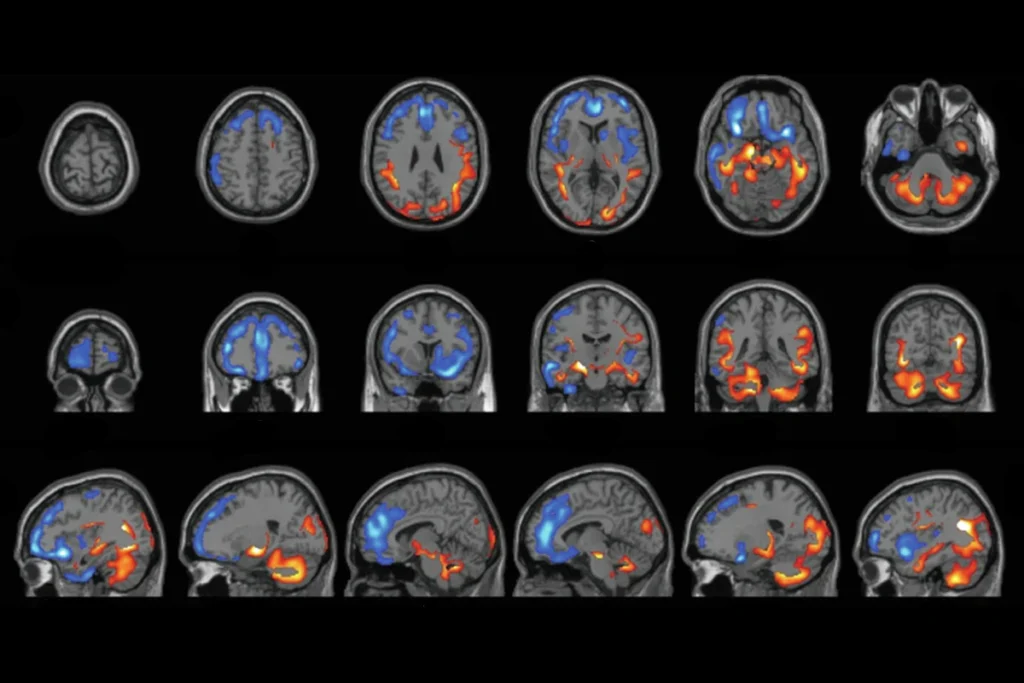
Cerebellum structure; AMPA receptors; MAGEL2 gene
By
Jill Adams
29 October 2024 | 1 min read

Anti-seizure medications in pregnancy; TBR1 gene; microglia
By
Jill Adams
3 December 2024 | 1 min read
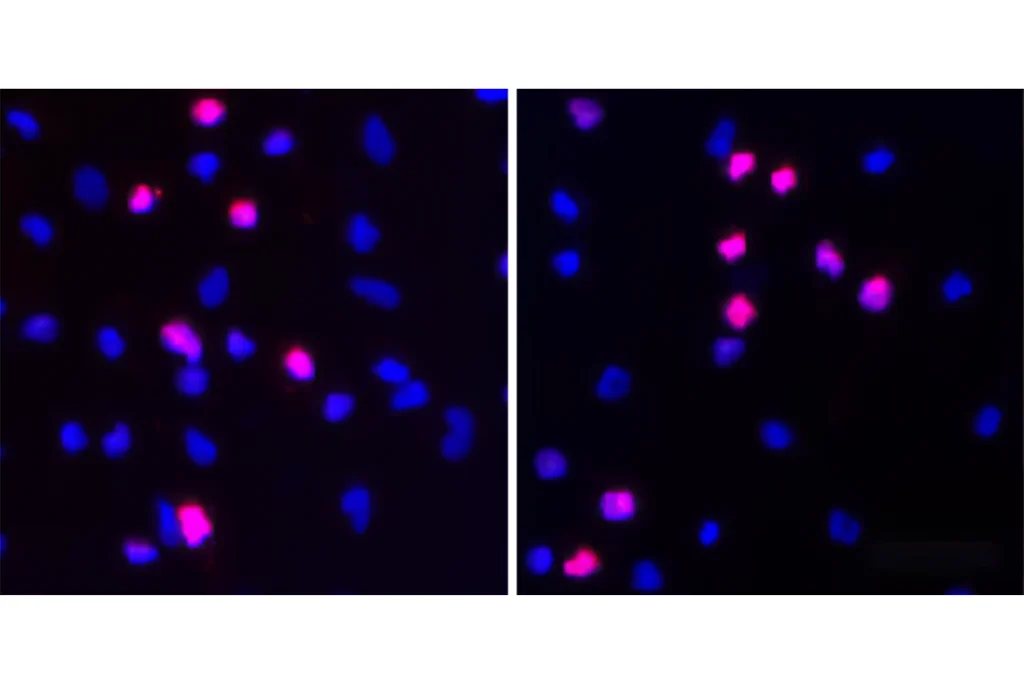
CDKL5 gene; cerebrospinal fluid; drug combo for fragile X syndrome
By
Jill Adams
17 September 2024 | 2 min read
Cite this article: